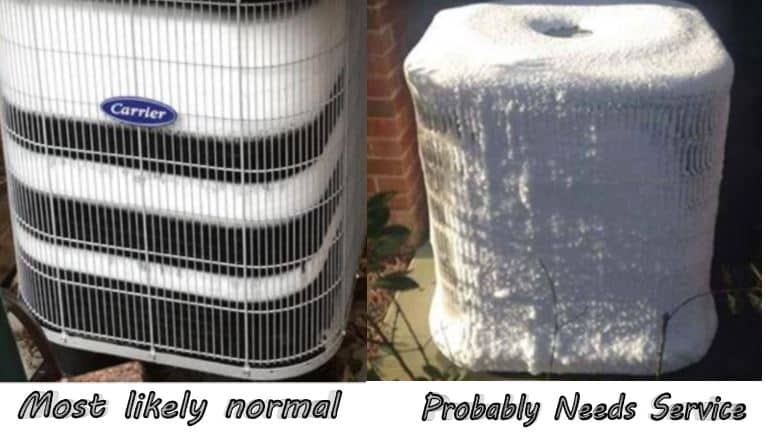
Heat Pump Operation in Extreme Weather Temperatures
Kansas City weather can go to extremes in summer and winter. Furnaces and heating systems are put to the test in the winter to keep us comfortable. Of course, we must remember that our furnaces and their air moving components - those blower motors - provide us comfort year round. Customers often contact us with questions about their heat pump operation in the winter. Ice storms - snow storms and single digit temperatures don’t encourage many of us to perform at our best - unless we are cold loving, well-wrapped winter sports enthusiasts. Neither are they helpful for heat pumps.
How do heat pumps work?
Heat pumps are an efficient source of comfort in the Midwest when temperatures stay on “normal” levels for the area. They heat a home in winter and help cool it in summer. They provide cooling comfort in the summer much like an air conditioner does. In the winter, the heat pump cycle is the reverse of the cooling cycle. A component in the heat pump called the reversing valve literally reverses the flow of refrigerant in the system. When the thermostat calls for heat, the heat pump’s compressor starts and the reversing valve diverts refrigerant to the heat pump’s coils. The outdoor fan then draws air across the outdoor coil while the refrigerant absorbs heat from the outside air. The compressor pumps the heated refrigerant to the indoor coil and the the indoor blower draws the air across the indoor coil. This “warmed” air is then distributed through the house. To put it more simply, the heat pump draws outside air and heats it for the home.
How extreme conditions affect your heat pump
With outside air being the beginning of the heating cycle for a heat pump, it would stand to reason that extremely cold temperatures create a less than perfect scenario for this form of efficient heating. When outside temps reach single digits, you may find that your heat pump will run longer because the outdoor air does not contain sufficient heat to warm the house. When this happens, the “back-up” heat for the system - i.e. electric resistance heat or a gas furnace - assist in making the home more comfortable.
Understanding a heat pump’s defrost cycle
Heat pumps can form an icy frost on the outdoor coils. This is normal operation. The heat pump has an automatic control that will occasionally stop the fan and defrost the coil. You may notice steam rising from the heat pump when it is in its defrost cycle. The time it takes for the defrost cycle varies and generally, the indoor back-up heat will run to keep you comfortable until the defrost cycle is complete.
If you notice that your heat pump is severely iced-up during the winter, it’s possible it is not going into it’s defrost cycle. And, of course, if we have had a weather event like an ice storm, it may be unable to completely defrost.
What can be done if the unit is iced up
There can be many causes. Some of the solutions can be fixed by the homeowner, and others may require the skills of an HVAC professional.
Homeowners can monitor the following:
· Be mindful of debris and leaves, excessive snow build-up around the coil of the outdoor unit. Keep this area clear. Be sure to keep the area underneath the unit clear.
· If the unit has settled and is off-level or has sunk into the ground, the ice and snow may be melting right back into the unit with nowhere to go. Solution: the unit should be elevated and leveled. This should be performed by an experienced technician.
· Check to make sure a leaking gutter is not dripping on the unit forming an ice build-up. Solution: repair the gutter.
· Freezing rain will cause the top of the unit to freeze over and in some cases the blade itself will be unable to turn. Solution: TURN THE UNIT OFF and use the emergency heat setting at the thermostat to turn the back-up heat on to keep the home comfortable. A garden hose can be used to melt the ice build-up.
Some of the causes may be one of the following. We recommend a skilled professional for these repairs.
· Bad defrost control or timer
· Bad defrost thermostat or sensor
· Bad defrost relay
· Stuck reversing valve
· Bad reversing valve solenoid
· Bad outdoor fan motor
· Low refrigerant charge - if you suspect this, TURN THE UNIT OFF as it can result in compressor failure
· Restriction
Whatever the cause, be sure you do not chop at the ice or use any sharp object to remove it. The outdoor coil can be damaged and if that happens, the unit may need replaced. Also, it is important that the fan blades do not get out of balance.
Balance Point is ready to answer your questions or provide service. Call and speak with one of our team members for answers to all of your HVAC questions.
